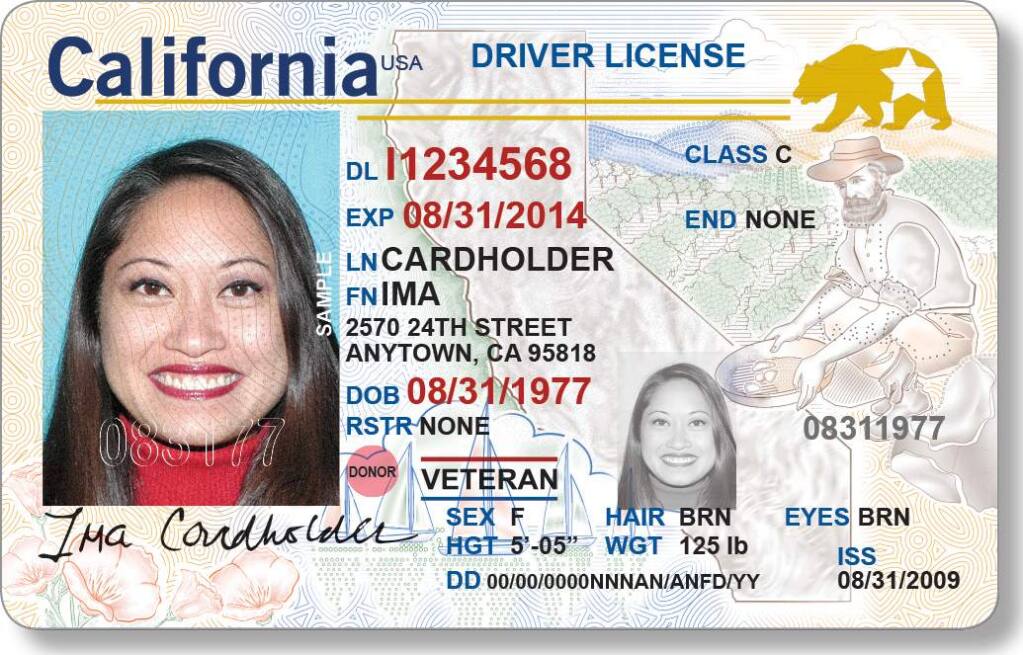The rise of residence hotels Residence Inn by Marriott is a new trend in hospitality. These hotels are specifically designed for guests who are staying in a particular location for an extended period of time. These hotels typically offer lower rates and more convenience than traditional hotels. They are also popular among business travelers, who appreciate the convenience of being able to stay in one place.
1.What are residence hotels?
There’s a new trend in hospitality that’s on the rise, and it’s called residence hotels. Residence hotels are popping up all over the world, and they offer a unique and stylish alternative to traditional hotels.
So, what exactly is a residence hotel? A residence hotel is a hotel that offers long-term stays, typically for a minimum of 30 days. Residence hotels are furnished and include all the amenities you need for a comfortable stay, from fully-equipped kitchens to housekeeping and concierge services.
Residence hotels are a great option for business travelers or anyone who needs a temporary place to stay for an extended period of time. They offer all the comforts of home, plus the added benefits of hotel services. And since residence hotels are typically located in prime locations, you’ll have easy access to all the best that the city has to offer.
If you’re looking for a new and innovative way to travel, residence hotels are the perfect option. With their convenient locations and stylish accommodations, residence hotels offer the best of both worlds.
2.What are the benefits of residence hotels?
There’s no doubt that the hospitality industry is evolving. New trends are always emerging, and one of the latest is the rise of residence hotels.
What are residence hotels? They’re a cross between a hotel and an apartment, offering all the amenities of a hotel room with the added space and privacy of an apartment.
There are many benefits of staying in a residence hotel, both for travelers and for the hoteliers who operate them.
For travelers, the benefits of residence hotels are numerous. First and foremost, they offer more space than a traditional hotel room. This is ideal for families or groups of friends traveling together, as it gives everyone a place to spread out and relax.
Residence hotels also tend to be more affordable than traditional hotels, since you’re not paying for extra services like room service or daily housekeeping. And since they’re often located in residential areas, you’ll have access to local restaurants and shopping, which can be a big plus.
From a hotelier’s perspective, residence hotels offer a number of advantages as well. They require less staff than a traditional hotel, since there’s no need for 24-hour room service or daily housekeeping.
They’re also easier to maintain, since the units are larger and there are fewer of them. And because they’re located in residential areas, they often have lower security costs.
Overall, residence hotels are a win-win for both travelers and hoteliers. If you’re looking for a more spacious and affordable accommodation, a residence hotel may be the perfect option for you.
3.What are the trends in residence hotel development?
The rise of residence hotels is a new trend in hospitality that is becoming increasingly popular. These hotels are designed to provide guests with all the comforts of home, while also offering the amenities and services of a traditional hotel.
Residence hotels are typically located in major metropolitan areas, and offer a variety of room types and sizes to accommodate different needs. They often feature full kitchens and laundry facilities, as well as a wide range of on-site amenities such as fitness centers, business centers, and swimming pools.
One of the main benefits of staying in a residence hotel is the flexibility it offers. Guests can stay for a few days or a few weeks, and there is no need to worry about check-in or check-out times. This type of accommodation is also ideal for families or groups who want to have their own space and privacy.
The trend of residence hotels is likely to continue to grow in popularity, as more and more travelers are looking for alternatives to traditional hotels. For those who want the convenience of a hotel, but the comfort of home, a residence hotel is the perfect option.
4.What are the challenges of residence hotel development?
As the world becomes increasingly connected, more and more people are looking for ways to live a nomadic lifestyle. This has led to a rise in the popularity of residence hotels, which offer all the comforts of home with the added convenience of hotel-style amenities. However, there are a few challenges that come along with developing a residence hotel.
One of the biggest challenges is finding the right Residence hotels need to be situated in areas that are popular with travelers, but they also need to have enough space to accommodate all the amenities that guests expect. This can be a difficult balance to strike, and it’s often one of the biggest factors that determines the success of a residence hotel.
Another challenge is designing the hotel to appeal to a wide range of guests. Because residence hotels are meant to be a home away from home, they need to have a comfortable and inviting atmosphere. At the same time, they also need to offer the same kind of upscale amenities that you would find at a traditional hotel. This can be a difficult design challenge, but it’s one that can be overcome with careful planning.
Finally, one of the biggest challenges of operating a residence hotel is making sure that all the guests are happy. Because guests are living in the hotel, they often have higher expectations than they would at a traditional hotel. This means that the staff needs to be well-trained and attentive, and the hotel needs to have policies in place to deal with any problems that might arise.
Overall, the challenges of developing and operating a residence hotel are significant, but they can be overcome with careful planning and attention to detail. With the right location, design, and staff, a residence hotel can be a great addition to any hospitality portfolio.








